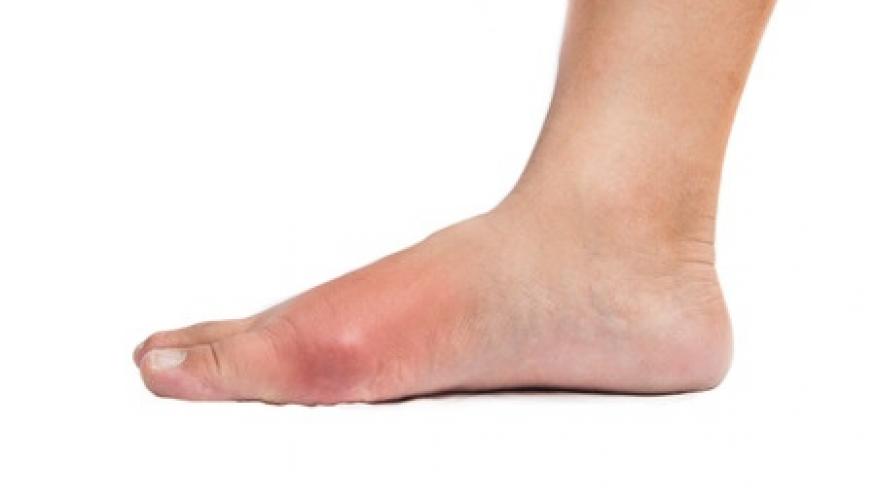Differences in Diuretic-Induced Gout Save

Diuretics are frequently implicated causes of hyperuricemia and gout. And there are gout variants wherein age, renal dysfunction and diuretic use may give rise to gouty attack in the hands of women with nodal osteoarthritis.
A group of Australian researchers have examined the clinical and genetic features of diuretic-associated gout in a case-control study design comparing gout patients on diuretics vs. those not on diuretics. Gout patients fulfilled the 1977 ARA gout classification criteria. Multiple clinical and lab and genetic assessments were recorded during study visits. Gout-associated single nucleotide polymorphisms were genotyped.
They identified 1365 gout patients, 31.2% of whom were on diuretics. The diuretic-associated gout group there included more women, had higher rates of comorbid conditions, higher BMI and lower estimated glomerular filtration rate compared with those not taking diuretics. Patients on diuretics had higher age of gout presentation and higher recorded serum urate.
Disease duration, frequency of gout flares and presence of tophi were similar in the two groups. The ABCG2 rs2231142 risk allele was present less frequently in the diuretic group (36.1% compared 47.6%; p = 0.00012).
Diuretic-associated gout represents a medically complex condition. While those with diuretic-related gout appear to have an older age of onset, mostly femaile and have higher serum urate lconcentrations, other typical clinical features of gout were the same regardless of diuretic use.










If you are a health practitioner, you may Login/Register to comment.
Due to the nature of these comment forums, only health practitioners are allowed to comment at this time.